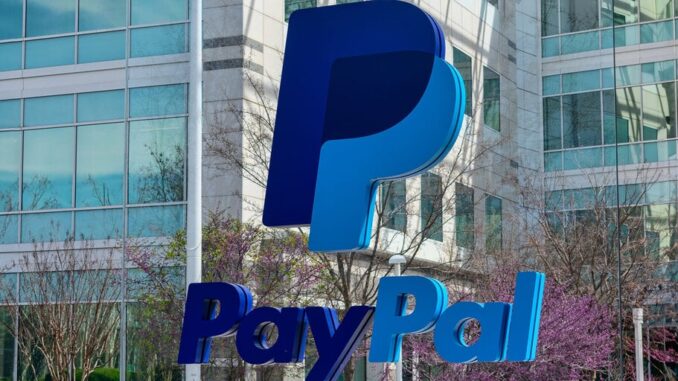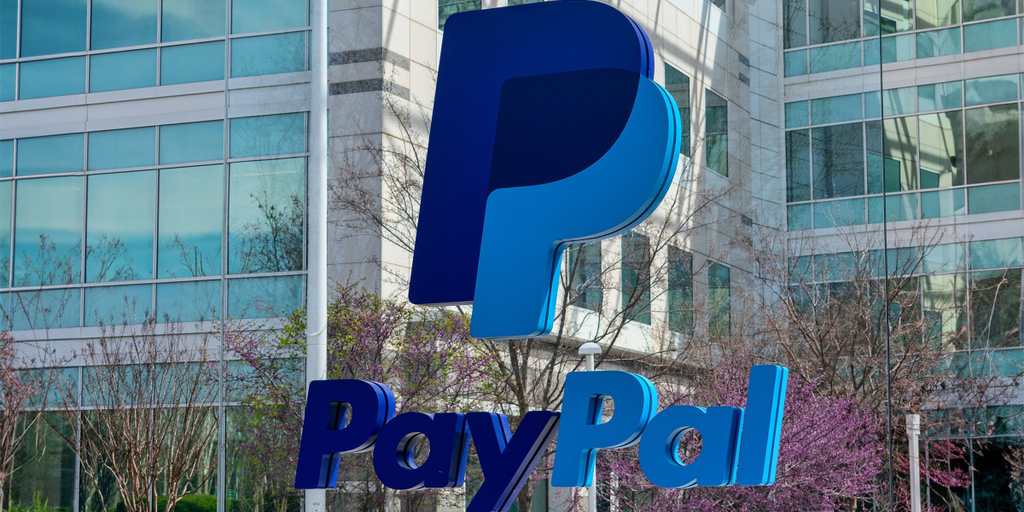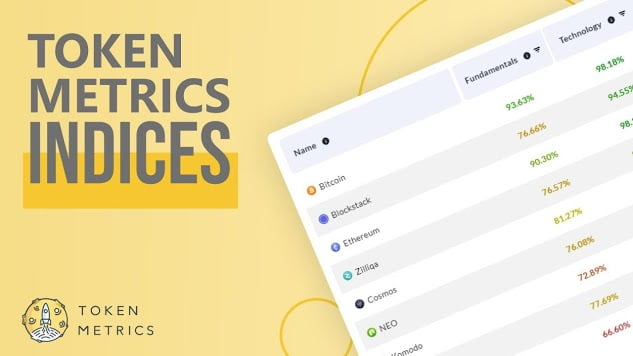
[ad_1]

When PayPal unveiled PYUSD last month, it highlighted the stablecoin’s potential for payments on a global scale. But the token’s first transparency report suggests its adoption has a long way to go—despite PYUSD being up against competitors with problems of their own.
The company that issues PayPal’s stablecoin, Paxos Trust, said it held $45.3 million in assets backing PYUSD at the end of last month. The report, published last week, represents the public’s first look at assets associated with $44.3 million PYUSD.
While PYUSD was backed with just over $1.5 million in cash deposits, a majority of the coin’s reserves were reverse repurchase agreements collateralized with U.S. Treasuries and worth $43.8 million, the report said.
Reverse repurchase agreements are effectively collateralized loans, where one institution sells securities to another, with the expectation that they’ll be bought back at a certain price, usually higher, at a future date.
As Paxos notes, its agreements involve trades with “reputable financial institutions” that have an overnight maturity, which ultimately reduces the risk of a loss to the point where it “is not deemed to be material.”
Stablecoins are digital assets pegged to the price of a sovereign currency like the U.S. dollar. And, often backed by a combination of liquid assets like cash and government debt, some leading stablecoins have billions of dollars in assets behind them.
However, the overall market capitalization of stablecoins has steadily declined since the blowup of Terra’s UST stablecoin last spring. The total value of stablecoins has dropped from around $188 billion last May to $131 billion today, according to CoinGecko.
Headwinds for crypto’s second largest stablecoin, Circle’s USD Coin, have lingered too since the token briefly lost its $1 peg amid the failure of Silicon Valley Bank in March. And, lately, concerns have been raised by analysts at the research firm Kaiko over Tether’s ability to stay at $1 consistently.
Terra’s UST was an algorithmic stablecoin. Trading incentives with another coin, LUNA, helped keep UST’s value consistent—until it didn’t. The two coins’ $60 billion implosion thrust crypto firmly into a bear market and sparked calls for U.S. stablecoin legislation.
Members of Congress, such as Maxine Waters (D-CA), said PayPal should’ve waited for legislation and a federal framework in place before launching PYUSD. But, with Paxos regulated in New York under the state’s Department of Financial Services, PayPal moved ahead with its product properly registered in the Empire State.
As PayPal entered the stablecoin space, the payments firm said its offering would rest on transparent and reputable ground. In its initial announcement for PYUSD, PayPal emphasized that reports on reserves would be a pillar of the product’s monthly cadence.
But, despite its name brand and commitments to transparency, PYUSD’s current market capitalization of $43.4 million represents a drop in the bucket compared to stablecoin leaders USD Coin (USDC) and Tether (USDT).
USDC and USDT are valued at $83 and $26 billion, respectively, while accounting for 90% of the stablecoin market, according to CoinGecko. Meanwhile, PYUSD’s market capitalization represents a fraction of a percent.
Even though stablecoins have been highlighted as useful for cross-border payments and remittances, the technology is also used heavily by those conducting crypto trades, according to a recent report from Kaiko.
All but 26% of trades on centralized crypto exchanges, whether that’s Coinbase or Binance, for example, don’t use a stablecoin, the report found. While PayPal’s transparency report on PYUSD came before several listings, its adoption has remained tepid so far, Kaiko analyst Dessislava Aubert told Decrypt.
“PYUSD was listed on a few centralized exchanges at the end of August, notably Coinbase and Kraken, but its daily trade volumes have been volatile and quite low compared to other stablecoins,” she said. “Overall, this points to sluggish demand.”
Over the past day, PYUSD has seen around $1.2 million in trading volume, according to CoinGecko. For reference, $14 billion worth of Tether and $6 billion worth of USDC have traded hands over the past day, as of this writing.
A majority of the token’s volume has been concentrated on HTX, formerly Huobi, across three trading pairs that represent $740,000 in volume. On Coinbase and Kraken, PYUSD has respectively seen $86,000 and $87,000 worth of volume.
In its initial look at PYUSD, PayPal acknowledged that most volume for stablecoins comes from “web-specific environments,” and it said the token would be compatible with that ecosystem from day one. But amid the chills of crypto winter, it appears that perhaps traders are taking their time to warm up to PYUSD.
Stay on top of crypto news, get daily updates in your inbox.
[ad_2]
Source link




